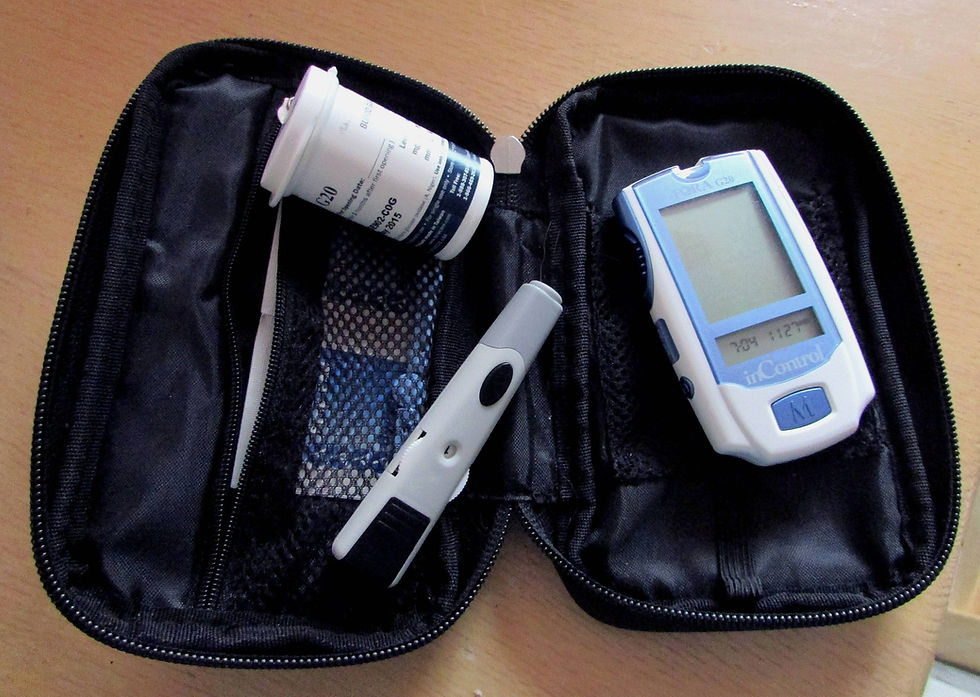Diabetes and Exercise
- NinaG - Levantine Dietitian

- Sep 24, 2018
- 2 min read
The main source of energy for the body is sugar. Muscles, especially, use a lot of sugar when they contract during exercise. Many doctors and dietitians recommend adding exercise to a workout routine to complement the action of medications and keep blood sugars controlled. Just like medications traditionally need to be taken regularly, exercise must also be a consistent part of your daily routine if you want to keep your blood sugars controlled and stable. Your muscles are constantly regenerating and repairing old, shredded muscle fibers, which causes a constant demand for energy. The larger the muscles are, the more glucose they’ll demand and pull out of the blood. For this reason, physical activity can lower your blood glucose up to 24 hours or more after your workout by making your body more sensitive to insulin (meaning that if you are building muscle and exercising regularly, typically medication doses would be lower than when you are not exercising).

The effect physical activity has on your blood glucose will vary depending on how long you are active, the type of exercises you do, your medications, and many other factors, some are listed below:
Exercise duration (longer duration uses more sugar for energy)
Exercise intensity (If you’re working faster or with more resistance, your muscles will require more glucose)
Adding weight (the more strength and power your muscles have, the more glucose they require to be maintained- even when you’re sleeping)
How does it work?
There are a few ways that exercise lowers blood glucose:
Insulin sensitivity is increased, so your muscle cells are better able to use any available insulin to take up glucose during and after activity.
When your muscles contract during activity, your cells are able to take up glucose and use it for energy whether insulin is available or not.
This is how exercise can help lower blood glucose in the short term. And when you are active on a regular basis, it can also lower your A1C.

Check Your Glucose
Become familiar with how your blood glucose responds to different durations and types of exercise.Checking your blood glucose level more often before and around 30 minutesafter exercise can help you see the benefits of activity. You also can use the results of your blood glucose checks to see how your body to reacts to different activities. Understanding these patterns can help you prevent your blood glucose from going too high or too low.






Comments